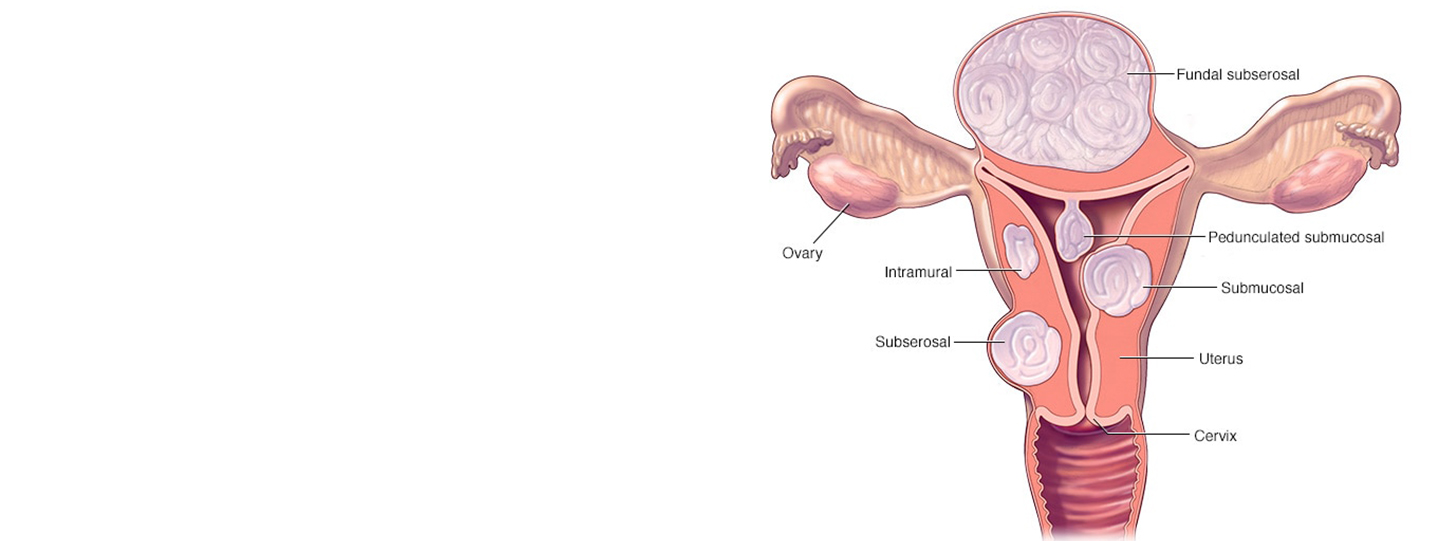


 9 Min Read |
2014
9 Min Read |
2014First, let's cover what uterine fibroids are before we discuss the surgical options.
Fibroids are non-cancerous growths that develop in the uterus. They are extremely common, particularly in women of childbearing age. Some women have no symptoms at all, while others have:
When fibroids are causing a lot of discomfort or interfering with fertility, physicians may suggest surgery.
Myomectomy surgery entails the removal of the fibroids without taking out the uterus. This is the best choice for women who want to retain their future ability to become pregnant.
There are various myomectomy procedures based on the size, number, and location of the fibroids:
A conventional open procedure where an incision is made in the abdomen to excise the fibroids.
A minimally invasive surgical operation through the cervix and vagina with a special instrument called a hysteroscope.
A newer method involving tiny cuts in the abdomen and a laparoscope to assist the surgeon in the removal of the fibroids. Laparoscopic myomectomy is less invasive, has shorter recovery, and less scarring than traditional surgery.
A hysterectomy is the surgical removal of the uterus. This means a woman will not have menstrual periods or the potential to conceive following the operation. A hysterectomy can also include removal of the ovaries and fallopian tubes, which may depend on the medical situation. There are various kinds of hysterectomy:
The cervix and the uterus are removed.
Removes the top portion of the uterus, but not the cervix.
Removes the uterus, cervix, vagina, and surrounding tissues. This is usually performed in cancer cases.
These procedures are less invasive and provide quicker recovery.
Let's examine Myomectomy vs. Hysterectomy side by side:
| Feature | Myomectomy | Hysterectomy |
| Removes fibroids only | Removes fibroids only | Removes the entire uterus |
| Preserves fertility | Yes | No |
| Menstrual periods continue | Yes | No |
| Ideal for younger women or those who desire children | Yes | No |
| Eliminates fibroid recurrence | No (fibroids can return) | Yes |
| Longer-term solution | No | Yes |
Although myomectomy surgery is more conservative and fertility-sparing, it does not ensure fibroids will not recur. Conversely, hysterectomy is a permanent solution but with a huge effect on reproductive health.
Myomectomy is best suited for women who:
Hysterectomy may be the more favorable option if:
Your doctor will help you decide on the most suitable treatment depending on your health, age, symptoms, and future plans.
Some advantages and disadvantages associated with myomectomy are listed below:
Hysterectomy has its own pro and cons and some are listed below:
The recovery time is based on the type of myomectomy performed:
The majority of women can return to normal activity within a few weeks, but heavy lifting and strenuous exercise must be avoided during recovery.
Hysterectomy recovery is longer:
Other women will experience emotional changes as well, like a sense of loss, if they were expecting to have children. Counseling or support groups will be helpful in such a situation.
